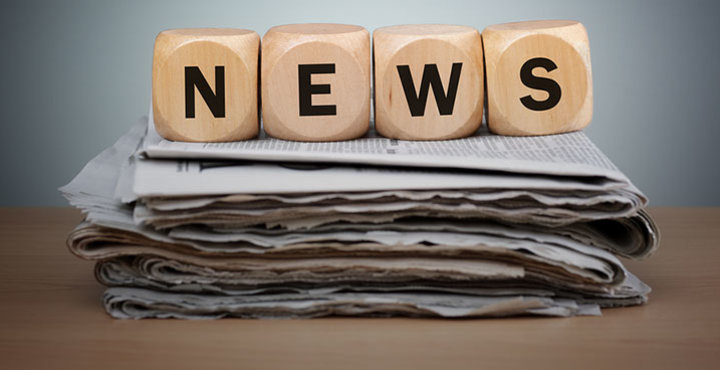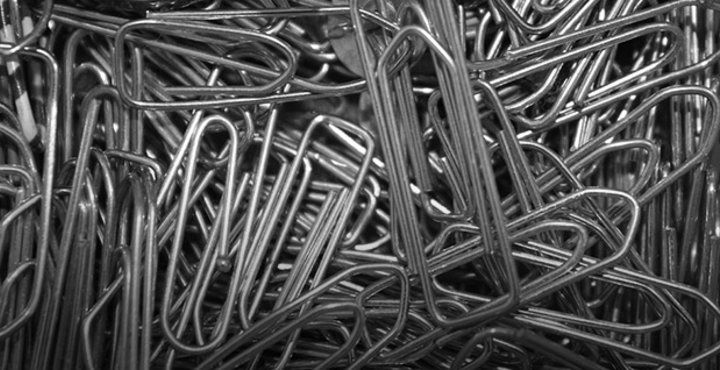Technical writing explains complex ideas in general terms
Technical writers are responsible for conveying complex, specialized information to a general audience. Tips for successful technical writing include: ensure excellent grammar and punctuation, employ a clear and logical writing style, make sure you have a genuine understanding of the subject, and pay strict attention to the accuracy of the information presented.
What does a technical writer do?
Technical writers are employed in many sectors, including healthcare, heavy industry and utilities, education, government, finance, engineering, and human resources. Their work involves writing and editing user manuals, training materials, online help systems, proposals, grant applications, and any other documentation of a technical nature. Technical writers play a crucial role in enhancing productivity, reducing errors, improving safety, and increasing customer satisfaction.
Some technical writing pointers
Translating highly complex technical terms into everyday language isn't always easy. To help you along, here are some points to consider in your technical writing:
Know your audience
Consider who you are writing for. Is it a prospective client? Inexperienced computer users? Patients and their families? Other researchers in your field? Students? Sponsors? Colleagues? Once you have answered this question, it is important to tailor the tone, content, and style of your technical writing to your audience. Put yourself in the users' shoes; try to ensure that their questions and concerns are addressed in a way they can understand. Include all relevant information.
Be accurate
If you don't fully understand your subject, those who read your technical writing won’t understand it either. Don't attempt to mask any gaps in your understanding with complex terminology and technical jargon; your job is to make this information accessible to your audience. Double-check your information to ensure it is correct. Don't forget to corroborate the information in the body of the document with tables, figures, and references. These steps may be time-consuming, but they are crucial.
Adopt a professional style
Just because a document is about software programming or medical isotopes doesn't mean that the basic rules of spelling and grammar are irrelevant. No subject is above these rules; they are necessary to convey your meaning in an unambiguous way. Moreover, a skilled technical writer will increase his or her company's reputation for professionalism. Still, we often find the following errors in technical writing:
- Run-on sentences: Please use commas, semicolons, and full stops appropriately. Remember that any sentence longer than four or five lines is probably too long.
- Incorrect and inconsistent spelling: Some terms have more than one correct spelling, and may be spelled using hyphens (or not). Whatever spelling you choose, use it consistently. Proofread your document a number of times, as this will help you catch spelling errors.
- A casual tone: Remember to always write in a professional manner. Avoid judgmental or emotive terminology.
Adhere to your client's style guide and/or documentation template
Formatting and consistency are essential in technical writing. The document must be structured in a way that keeps the reader's interest. It must flow logically. Huge blocks of text with no breaks should be avoided. Paying attention to detail when formatting specialized documents, such as white papers, is particularly important.
Use examples
Abstract concepts are much easier to grasp when the writer describes their application in real life. Using case studies is an excellent way of describing the application and resolution of a technical problem. They also add credibility in your technical writing. For example, instead of simply claiming that using a certain procedure, strategy, or technique will improve customer service or product performance, provide concrete examples proving your point.
Inject some personality into your writing
Injecting a witty observation, some subtle humor, or interesting examples can make your technical writing more lively and memorable. Don't, however, use this technique to such an extent that it begins to undermine any of the concepts we've already discussed. It's better to be boring and precise than witty and incomplete.
Some final thoughts...
If you have written a long technical document and aren't sure that you are going to be able to catch small grammatical and spelling errors, send your document to our business editors. They will edit it for clarity and concision, and ensure that your document is error free.
Image source: Matt Artz/Unsplash.com









